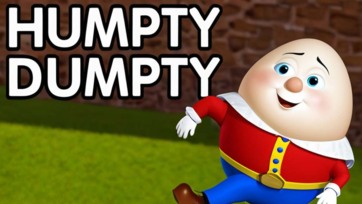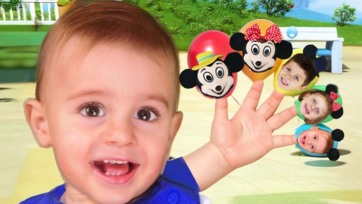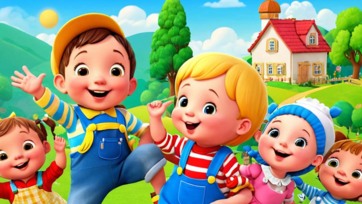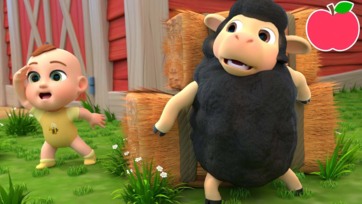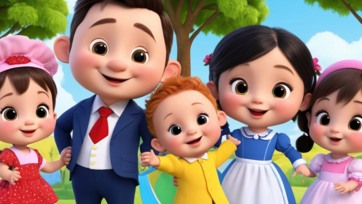The Story Behind "London Bridge is Falling Down"
“London Bridge is Falling Down” is one of the most famous nursery rhymes in the English language. With its catchy tune and repetitive lyrics, the song has been passed down for generations, captivating children with its playful depiction of a collapsing bridge. However, beneath the surface of this popular rhyme lies a history rich in legend and cultural significance.
Origins and History
The origins of “London Bridge is Falling Down” date back centuries, though the exact time of its creation is unclear. Some historians believe that the rhyme may have originated in the medieval period, while others suggest it could be even older. The earliest known written version of the rhyme appeared in the 17th century, but references to a falling London Bridge can be traced back much earlier.
London Bridge itself is one of the most famous landmarks in London, with a history spanning more than 2,000 years. The first bridge to cross the River Thames at this location was built by the Romans, and over the centuries, various versions of the bridge were constructed and reconstructed. The nursery rhyme may refer to the numerous times the bridge had to be repaired or rebuilt due to damage from floods, fires, or attacks.
Theories Behind the Rhyme
There are several theories regarding the meaning of “London Bridge is Falling Down.” One of the most popular interpretations is that the rhyme refers to the many attempts to repair or rebuild the actual London Bridge. Over the centuries, the bridge faced multiple collapses, fires, and structural failures, which may have inspired the song’s repetitive mention of the bridge falling down.
Another theory is that the rhyme may be linked to Viking attacks on London in the 11th century. In particular, some historians suggest that the song refers to an attack led by the Viking leader Olaf II, who allegedly pulled down London Bridge in 1014 as part of an effort to capture the city. This event, if true, would have been a significant moment in the history of the bridge and could explain the song’s enduring reference to the bridge’s destruction.
Educational Value
Like many nursery rhymes, “London Bridge is Falling Down” offers educational value beyond its catchy tune. The rhyme introduces young children to the concept of cause and effect, as they learn about the bridge falling down and the subsequent efforts to rebuild it. The repetitive structure of the song makes it easy for children to memorize, enhancing their language development and memory skills.
The song can also be used to teach children about history and architecture, sparking discussions about the real London Bridge and the importance of maintaining infrastructure. The various versions of the rhyme often include verses about different building materials, such as wood and stone, which can lead to lessons about construction and engineering.
Cultural Impact
“London Bridge is Falling Down” has had a lasting impact on popular culture. The rhyme has appeared in countless books, films, and television shows, often as a playful reference or backdrop for scenes involving the famous bridge. Its simple melody and repetitive lyrics have made it a favorite for young children, and it is often sung in schools, nurseries, and playgroups.
In addition to its cultural presence, the rhyme has also been used in various games. One of the most common games involves children standing in a circle and passing under a human bridge formed by two people, as they sing the song. When the lyrics reach “My fair lady,” the bridge is lowered, trapping one of the players underneath, adding a playful, interactive element to the rhyme.
Conclusion
“London Bridge is Falling Down” is more than just a nursery rhyme; it is a piece of history that has entertained and educated children for centuries. Whether seen as a reflection of the real London Bridge’s tumultuous history or as a playful song about building and rebuilding, the rhyme continues to capture the imagination of young minds. Its enduring popularity ensures that “London Bridge is Falling Down” will remain a beloved part of childhood for generations to come.

